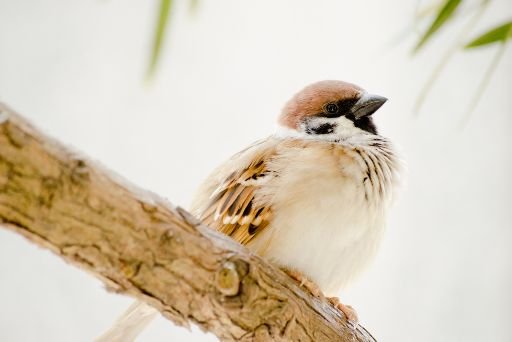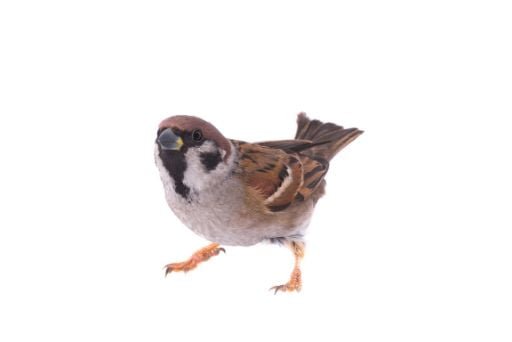Facts about the House Sparrow: An inside look at its decline
The House Sparrow, once an integral part of our immediate environment, is on the red list of endangered species. The common bird that lived in the cavities of houses and polished off our leftover food has been pushed to extinction by us humans today. Fossil evidence from a cave near Bethlehem dating back 4,000 years ago suggests they shared their space with early humans at one point too! Let’s delve a little deeper into the reasons that lead to this near extinction and learn a few more facts about the house sparrow.
Reasons that pushes sparrows into extinction
- Pesticides and insecticides play a vital role in the extinction of sparrows
There’s a lot of debate about what is killing off sparrows, but the leading theory seems to be that pesticides are playing a significant role. Once these chemicals get into the water and soil, they can kill insects on which birds feed and everything else living in or around them. They have been found to cause cancer in humans and have been linked with miscarriages in women who live near farms where they are used.
These pesticides accumulate over time in our bodies, and we all carry some amount of them inside us now. Insecticides are the other prime suspect in sparrow extinction. These chemicals kill off insects, which is bad for birds that depend on them as a food source.
Some insecticide residues can persist in soil and water long after it’s been sprayed, meaning every creature down the food chain is at risk of death from eating contaminated bugs or drinking tainted water.
These facts about the house sparrow and many other factors could be involved in its near extinction. Factors such as climate change and deforestation, however, there is no doubt that pesticides and insecticides have played a significant role in the decline of these birds.




2. Sparrows need a human touch
The common sparrow is one of the most beloved creatures on earth. They have been with humans for centuries, and we owe them a great debt because they helped to make us who we are today. Sadly, these birds are going extinct due to a large part of mindless urbanization that robs them of their natural habitats and touches from humans, which will soon be gone forever if something isn’t done quickly!
The current generation has grown up surrounded by technology instead of nature, but this indifference created by a lack of human emotional connections could push these birds over the edge into extinction before all too long- it’s time society as a whole takes notice so that people everywhere can enjoy watching what some call “the smallest bird singing its song.”
- No cavities and no home for sparrows
A recent phenomenon in new-style buildings has made sparrows homeless. The “matchbox” style design of these structures doesn’t have any ledges or cavities for the birds to build nests, and as a result, they are struggling with their migration back south due to a lack of food sources and nesting areas.
A nonprofit organization called National Bird Feeding Society was founded by Mr. Dilawar Singh from India, an avid bird lover who also works actively to spread awareness about conservation issues. He also distributes feeders and nest boxes himself which would help solve some degree of the scarcity problem during summertime when the migratory season approaches since it’s more difficult for them because there will be no natural food source nearby like insects near water sites, trees, and other plants.
- Other factors that allow sparrows to go under extinction
As sparrows face a dwindling population, the changes in lifestyle and food production have been attributed by some to be key reasons for this. The use of insecticides like DDT that killed their primary sources of food has also contributed significantly to the declining number. This isn’t just a problem for sparrows. The architecture of buildings is causing an increasing number of animals to become homeless, too. This isn’t the only animal that’s being affected by modern design these days; many other species are becoming homeless more often than ever before.




Conclusion
The sparrow populations have decreased significantly in recent decades. This is a complicated problem with many contributing factors, but we need to understand the issue and be on the lookout for any human-caused impact that can contribute to this decline. We learned that these birds play an important role in the balance of our ecosystem and a few more facts about the house sparrow, such as its important role in controlling pests such as ticks and mosquitões, which carry diseases such as Lyme disease and West Nile virus. So saving sparrows will save the complete ecosystem!




